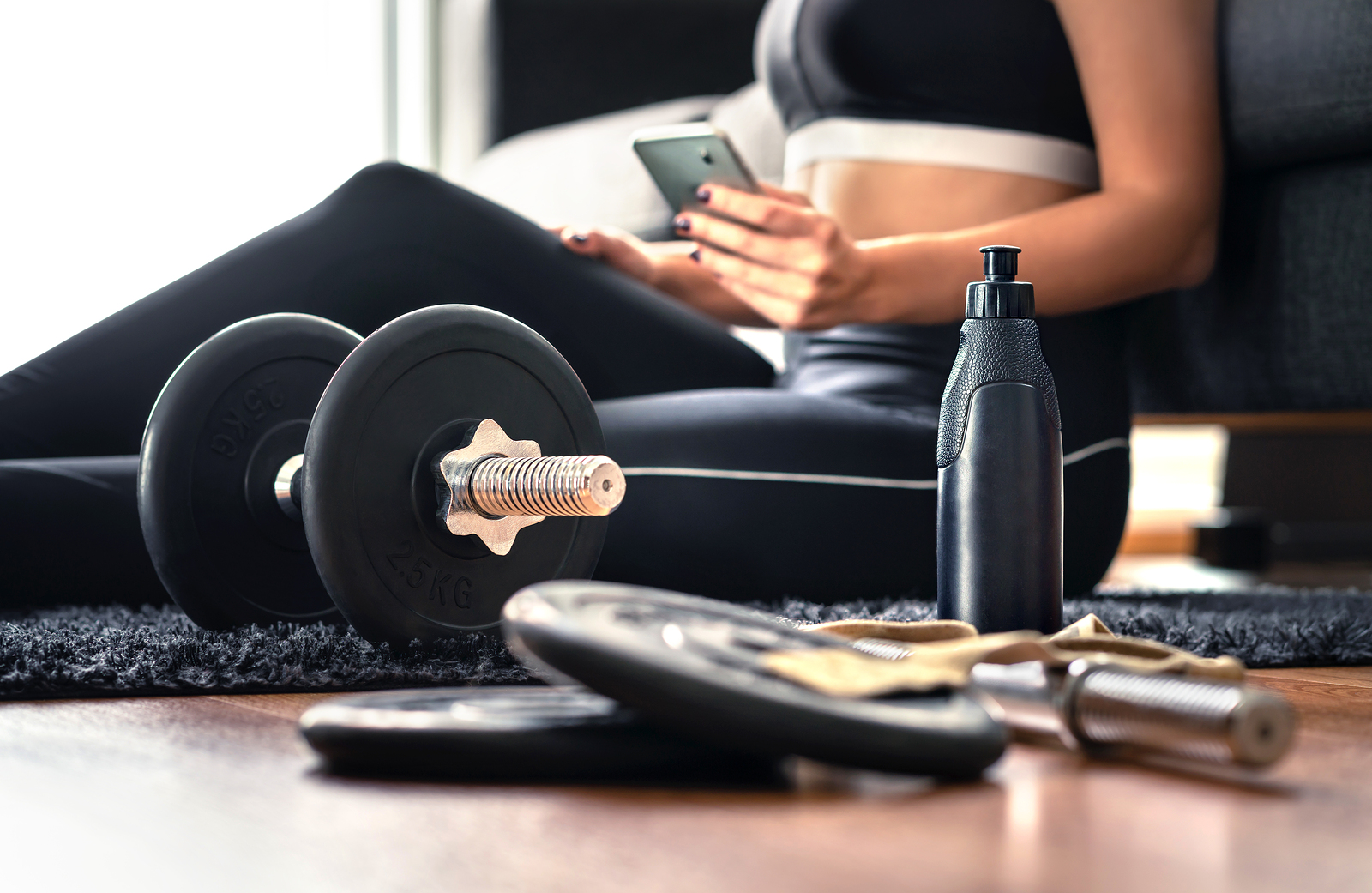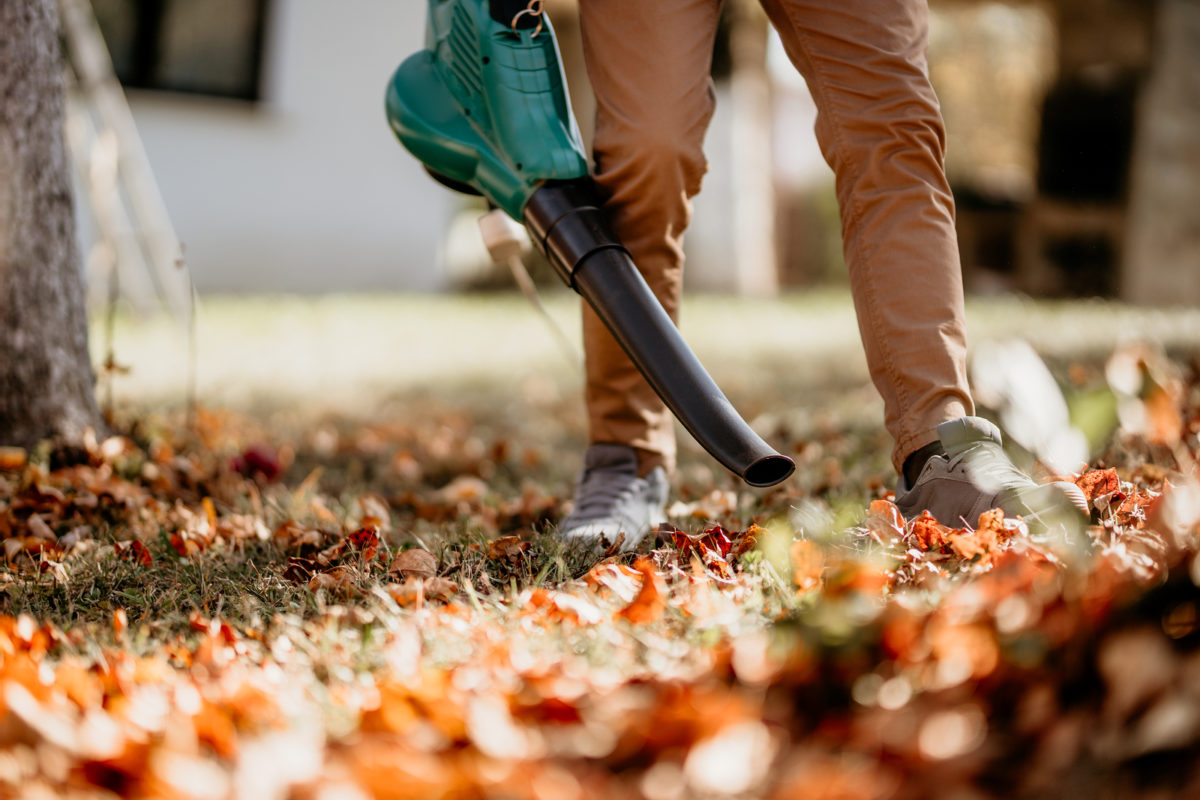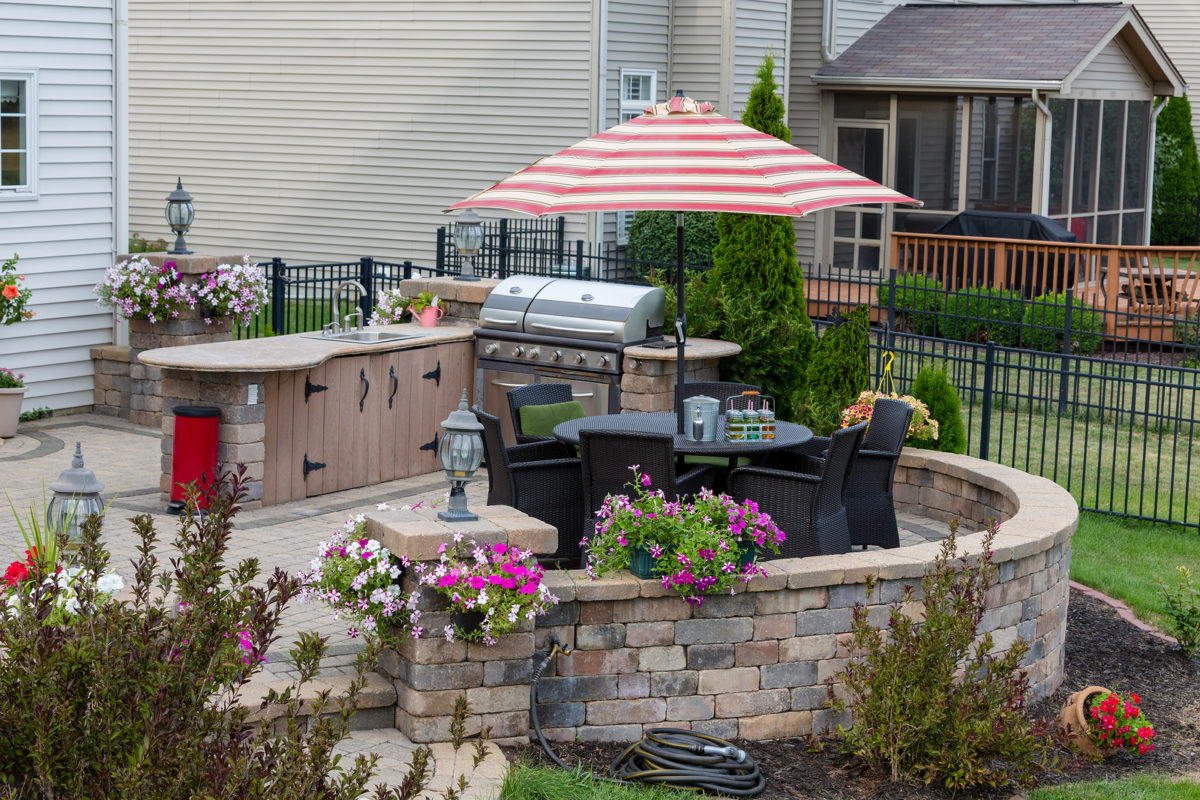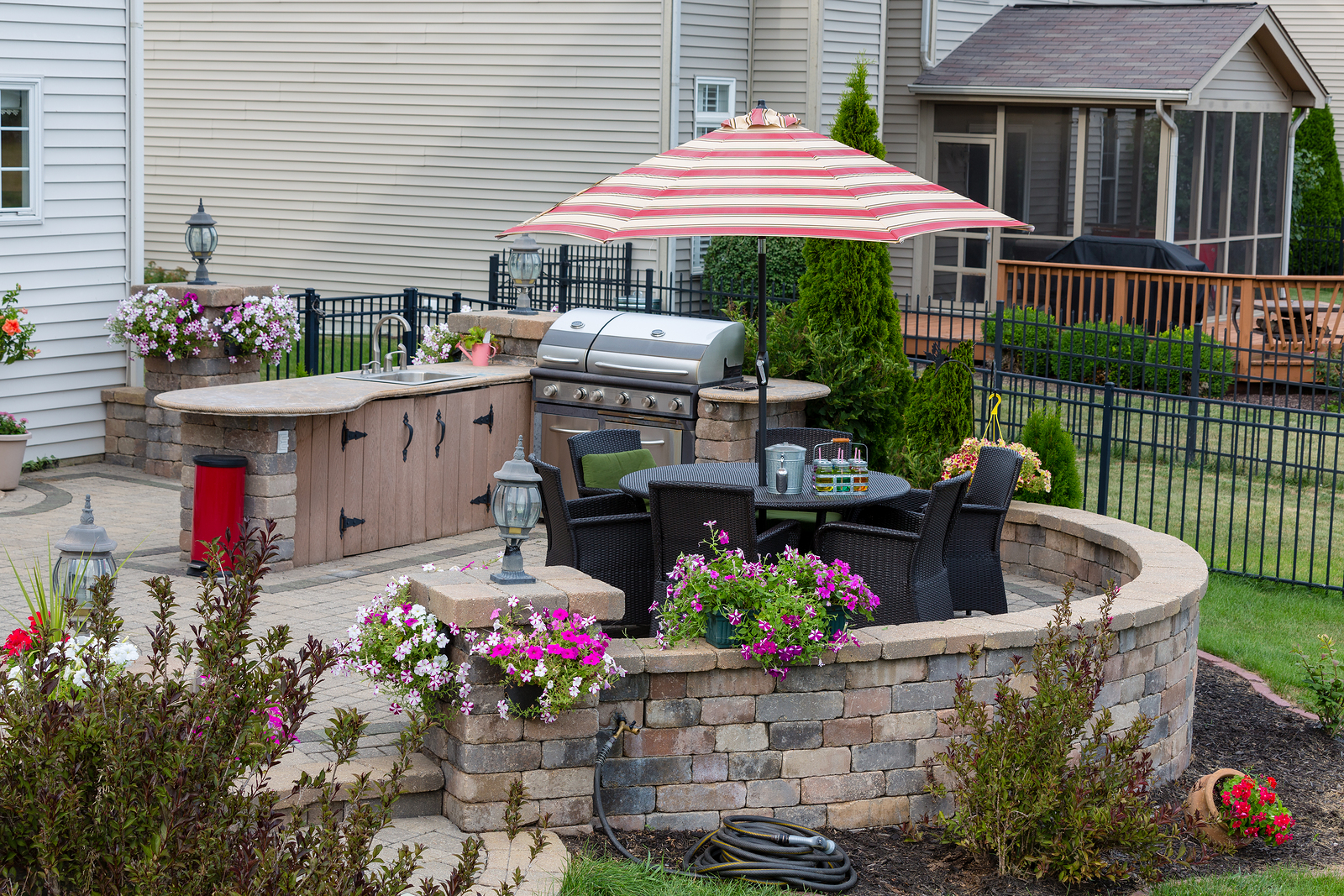There are gym rats and then there are those of us who feel intimidated by them. Can you blame us? As we sweat and toil, we’re surrounded by effortless iron pumping, bench pressing and simulated bike riding, stair climbing and running.
It’s enough to make you wish you could work out at home. And, you can. Creating a home gym doesn’t have to bust the budget or take up an entire wing of your home.
You can remain committed to your fitness goals right in your own home.
1. Choose the room
Even if you have a room that is currently not being used for much more than storage, think carefully about whether it will work as a gym. The main thing to think about is ceiling height. You’ll need at least 8 feet, according to Scott McGillivray at YouTube.com.
If the ceilings are substantially lower, consider swapping (steal the kids’ room!). If you don’t have an extra room, you can still create a gym by partitioning off a larger space, such as the living room.
No, you won’t need to build a wall. Hang curtains to use as a divider. We found these very cool and extra-long tension rods online at RoomDividersNow.com. Or, check out Home Depot’s assortment of screens.
Once you have the required space set aside, clear the entire area. Will you add a mirror or two? Now is the time to do so.
2. Consider the floors
If the room is carpeted or covered with a textured vinyl floorcovering, you’re good to go. Hardwood, laminate, tile or other hard surfaces may be a bit more challenging.
Remember that you’ll be using heavy equipment and accessories. When dropped, they may damage the floor. Ceramic tile is especially prone to fractures and breakage. Consider as well that some of these materials may become slippery when wet.
No carpet? Consider rubber matting. Home Depot carries interlocking gym floor matting and you’ll also find solutions online at Amazon.com and AmericanFloormats.com. The beauty of these tiles is that you can lay them right over existing hard flooring materials.
3. Determine the layout before spending money on equipment
The square footage of the room will be the main factor when determining the equipment you’ll eventually choose.
Window shop for the equipment online, jotting down the height, length and depth of each piece. Then, draw out a placement plan. Keep in mind that you’ll need to allow extra room for some pieces, such as a bench press.
Hold one arm out to your side, as if you were holding a weight. Measure the distance from fingertip to shoulder, double that and add the result to the width measurement for the bench press you have your eye on.
The same holds true for extra-long dumbbells. If you use them, measure their length and add it to the width of the bench press.
You don’t need to spend a lot of money on high-end equipment. If your fitness routines are simpler, all you’ll need is room for some yoga props, a medicine ball, foam roller, Pilates equipment or whatever suits your simple workout style.
No room for a step machine? Check out these space-saving and affordable stackable aerobic steppers at Amazon.com, DicksSportingGoods.com and Walmart.com. We also like the Dual Action Swivel Stepper at SunnyHealthFitness.com.
4. Where to shop for equipment
Gym equipment can be pricey, but not if you shop carefully. Did you know that Amazon.com has an entire fitness “store” online? Indeed, they do and you can find inexpensive workout accessories and even machines.
If your budget is a bit tight, consider buying used equipment. Check out the inventories at:
- Play It Again Sports (you can also shop online)
- Garage sales and yard sales
- Second-hand and consignment stores
Prefer to shop online?
Ok, you’re all set to get buff in the privacy of your own home gym.
























